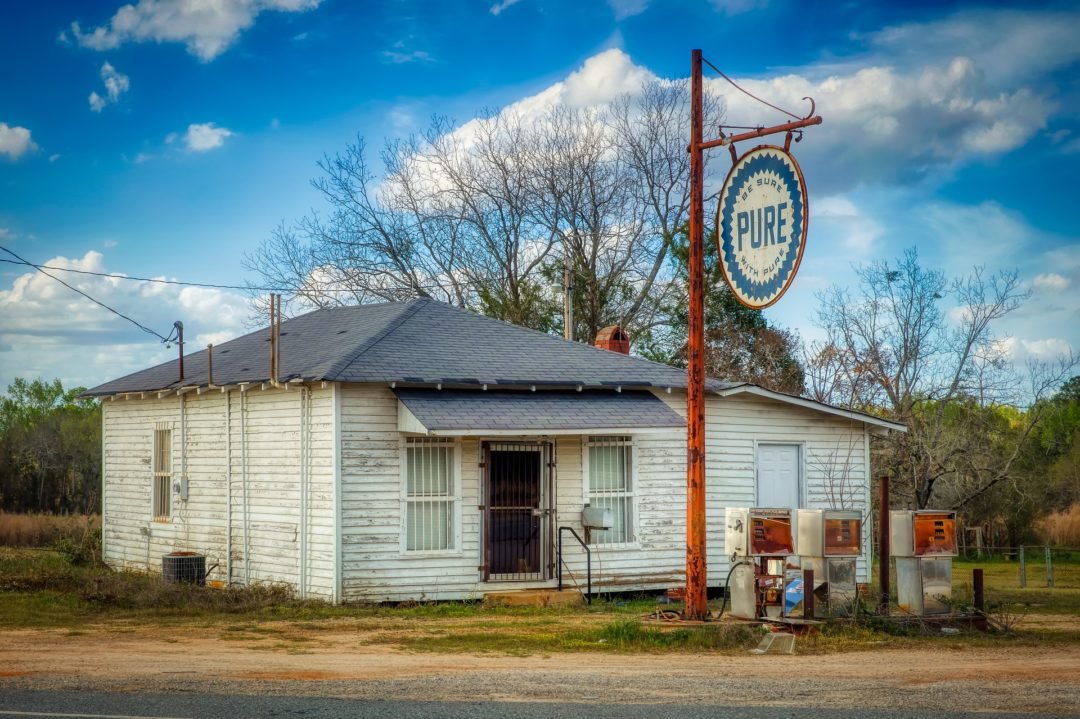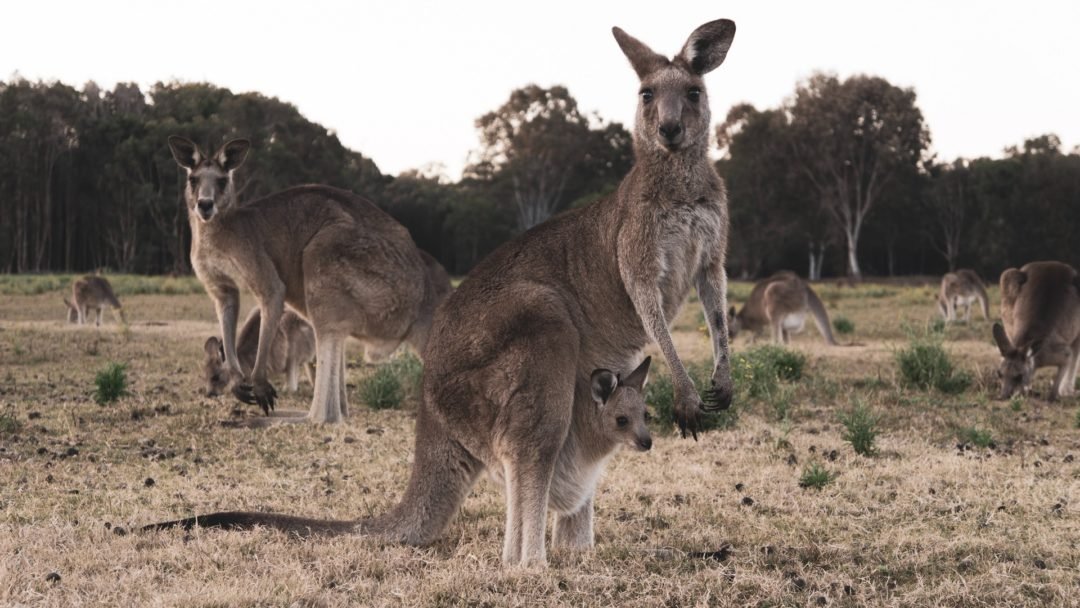Driving in the country | A guide on rural driving in Australia
There’s nothing like a country road trip! The feeling of freedom that comes from getting out of the city is hard to beat, and a trip through some of Australia’s country towns will give you some really special memories.
However, driving in the country can be dangerous if you don’t know what you’re doing. Whether it’s driver fatigue, unsealed roads, or suicidal kangaroos, country roads have a few extra risk factors you won’t see in the city.
We’ve got your back though. These eight tips for driving in the country will keep you safe and give you the confidence you need to get where you’re going. They’re written with a long road trip in mind, but they’ll suit any rural driving in Australia.
1. Plan your route
Your country drive will be much easier to manage if you know where you’re going ahead of time. If you know which towns you’ll stay the night in, have a meal in, or just drive through, it’ll stop you playing a guessing game when you’re on the road.
You can use the directions function of Google Maps to get an estimate of the driving distance between two towns. Remember that you may lose reception at some stages of your drive, so don’t rely on GPS on your phone alone. It’s a good idea to pick up a physical map of the region you’re travelling – you can find them at most rural service stations or order them online.
Give yourself a bit more time so you can stop along the way, either to take a break or to check out something interesting. Try to give yourself at least an extra hour for every four hours you plan to drive. Try not to be on the road more than 8-10 hours a day, especially if it’s just you driving. Any more than that and you risk dangerous fatigue (see points 5).
2. Pack the car properly
Whether you’re on a road trip or just driving to the next town, driving distances in the country are much larger those in the city. So, you need to make sure your car is packed with everything you need, in case something goes wrong or your plans change.
Here’s a list of some of the items you’ll want to consider packing before a drive in the country. Not all of them will suit every trip, but you’re better off being over-prepared.
A first aid kit.
Lots of drinking water. Take two litres per person per day, and stay hydrated.
Extra fuel. A five or ten litre jerrycan is normally enough.
A CB radio, if you’re on a very long trip.
A toolkit and basic spare parts, like radiator hoses, extra radiator fluid and engine oil, and a tyre pump.
A portable USB battery, to charge your phone if it gets low.
A torch with spare batteries.
You also need to check that your spare tyre is in good shape. Do this well ahead of time, in case you need to get it replaced.
3. Fill up whenever you can
Once you’re more than a couple of hours from a major city, petrol stations can be hard to come by. Rural petrol stations often have limited opening hours, and not all towns have one. Fuel deliveries have also been known to run late.
You can keep track of how far a tank will last if you reset your odometer after filling up, then take a note of how far you go before needing a refill. To reduce the risk of getting stranded on the road or spending an unplanned night in a different town than you expected, fill up well before you need to.
4. Take extra care when driving at night
Driving in the country at night can be risky, even if you know the road well. Country roads are more likely to have potholes or rough patches due to irregular maintenance, so having no light to drive by makes them even more of a threat. Of course, wildlife like kangaroos can’t be seen at night, so you’ll also be slower to respond to their presence (see point 7).
If you have to drive on a rural road at night, slow down and put on your high beams (dim them for oncoming motorists). More light gives you more visibility of what’s coming up ahead, while slowing down gives you more time to react to changes.
Here’s another night driving tip: If there’s an oncoming driver ahead, their lights can be dazzling even if they’ve dimmed their high beams. To avoid getting distracted, you can focus on the solid white line on the side of the road, if there is one.
5. Beware of driver fatigue
Fatigue is the biggest cause of fatal crashes on country roads. Around 70% of deaths caused by tired driving in NSW happen in rural areas. This is because tired driving is an especially big risk in the country, with longer highways and less varied terrain.
If you’re feeling tired after a long day on the road, fight the urge to continue driving, and stop, even if it means spending the night in a different town. If you’re not close to a town or truck stop don’t be afraid to pull over, park as far away from the road as you can, and take a nap.
To get more from your waking hours, take regular breaks (every 2 hours is a good rule) and share the driving with one of your passengers. As a rule of thumb, it should take you an hour to cover 100kms, so plan accordingly.
It also goes without saying that you should also drive sober. Even a small amount of alcohol in your system will slow your reaction to hazards on the road, even if you’re under the legal limit.
6. Stay in control on unsealed roads
Driving on a dirt or gravel road is a very different experience than you might be used to. Don’t get cocky and assume you’ll be fine to drive on them if you’ve never done it before. Here are a few tips that will help you stay in control on unsealed roads:
Don’t drive during or after rain. Even regularly graded unsealed roads will be closed after it rains. The dust will turn to mud, and driving on them can cause serious damage to both the road and your vehicle. Take a different route instead.
Drive slower. Driving slow gives you more time to react to changes in the road, and will help you stay in control when you need to turn or brake.
Take corners slowly. Gravel or dirt can drastically change how your vehicle handles on a corner. Take it slow and you’ll reduce the risk of sliding.
Leave a bigger gap. On unsealed roads, dust and dirt can kick up behind the car in front. Back off a little and you’ll have more time to react.
Here’s a video from Cars Guide that gives you a little visual instruction on driving on unsealed roads.
Note: Be sure you check your insurance covers you on unsealed roads prior to your trip.
7. Learn to drive around kangaroos
You don’t need to drive far from the city before you have to think about kangaroos on the road. While lots of Australian wildlife can cause problems on the road, kangaroos are a particular nuisance and can cause significant damage to your vehicle.
Luckily, most kangaroos behave fairly predictably around rural roads, which can help you avoid hitting them. Here are some of the ways kangaroos typically behave:
They’re most active at dawn and dusk.
In a drought, road runoff helps the grass grow nearby, which makes the kangaroos more likely to come to the road when it’s dry.
Kangaroos will sometimes jump along the road, keeping pace with your car. They may then jump onto the road in front of you.
Here are the best ways to avoid hitting a kangaroo:
Take extra care if you’re driving at dawn or dusk, and put your co-pilot on animal watch.
Keep a keen eye out for kangaroos, especially in the morning and afternoon.
Slow down if you’re driving through thick scrub, or when you can’t see far from the side of the road. If you see a kangaroo, slow down some more.
If a kangaroo jumps in front of you and you need to brake quickly, brake hard in a straight line, don’t swerve.
That last point is especially important. Swerving at high speed can cause you to lose control and crash. It might sound cruel, but you’re better to brake hard and risk hitting a kangaroo head on, than to risk the safety of you or your passengers.
8. Know the driving rules for every state
Different Australian states have different road rules, and the punishments can vary significantly.
For example, when passing a stationary emergency vehicle with its lights on in NSW, Western Australia, and Victoria, you must slow down to 40km/h. In South Australia, you must slow down to 25km/h. If you were to ignore this rule on a road with a signposted limit of 110km/h, you’d be up for high range speeding.
It’s important you check the road rules of each state you’re planning to drive in, to make sure you know the differences to the rules you’re used to. This is extra important if you’re a provisional license holder, as you’re subject to an extra set of rules that change from state to state.







